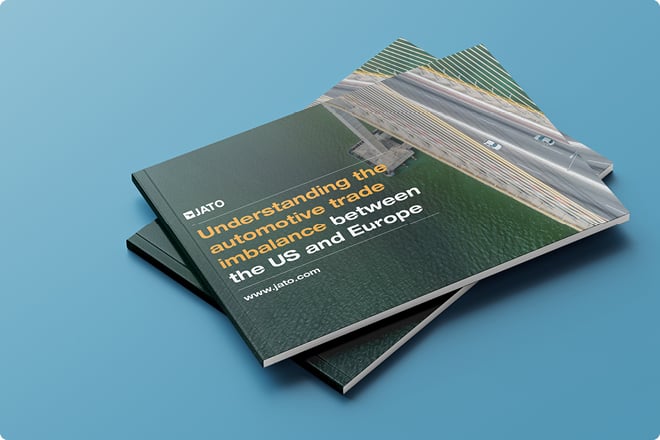
Understanding the automotive trade imbalance between the US and Europe
A new wave of US protectionism could dramatically reshape the global automotive industry, as the United States looks to redress a persistent imbalance with the European Union in the trade of vehicles.
This topic is the focus of a new report from JATO Dynamics, ‘Understanding the trade imbalance between the US and Europe’, which explores the root causes behind the disequilibrium in automotive trade flows between the two markets. The report illustrates that this trade imbalance is the result of a combination of factors beyond tariffs. Up until April, EU tariffs on imported vehicles from the US stood at 10%, while the reciprocal tariff on imports of American-made vehicles to Europe stood at just 2.5%.
Gain an insight into the effect of US government tariffs on European markets
The US government's 25% tariff on imported vehicles is putting added strain on Europe’s automotive sector, disrupting supply chains, raising costs, and prompting fears of EU retaliation. With falling sales in China and losses in Russia, European carmakers face mounting financial pressure. The escalating trade tensions may reshape global market dynamics and undermine long-standing transatlantic business models.
Key effects will include:
- Export disruption: Higher tariffs make European cars less competitive in the US, threatening major export revenues.
- Boardroom paralysis: Strategic planning is hindered by policy uncertainty and fears of a broader trade conflict.
- Double-headed pressure: Falling consumer demand in China and reduced European sales compound the financial strain.
- Geopolitical shifts: Trade tensions may trigger EU countermeasures, disrupting global cooperation and supply networks.
Find out more by downloading Understanding the automotive trade imbalance between the US and Europe.
